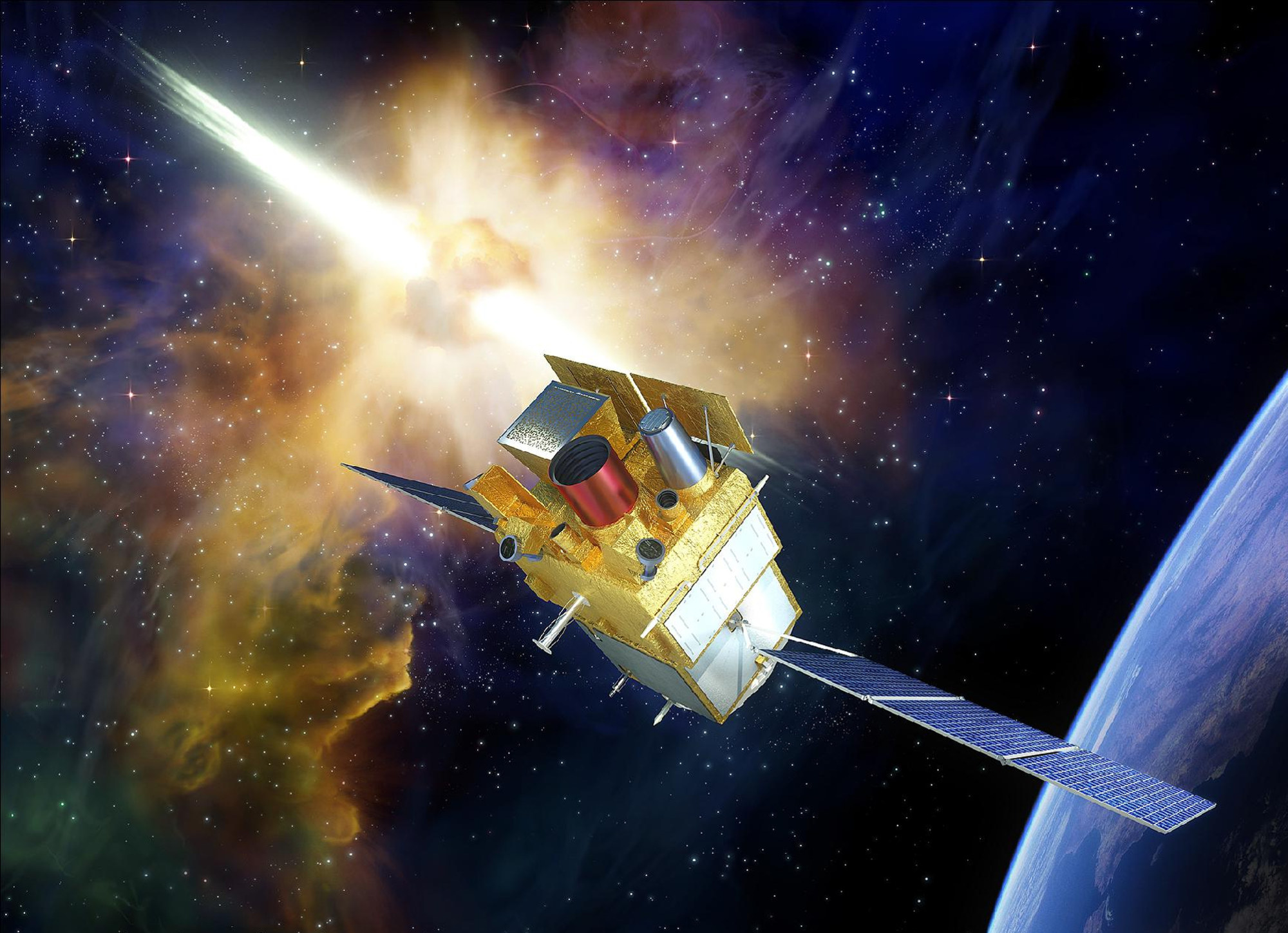
China and France have joined forces to launch a satellite, named Space Variable Objects Monitor (SVOM), into orbit on June 22, 2024. The collaboration between the two countries marks a significant step in space exploration as they seek to explore the most powerful explosions in the universe - gamma-ray bursts.
Gamma-ray bursts are intense and short-lived phenomena that emit gamma rays, which are the highest energy form of light. These explosions can last from a fraction of a second to tens of seconds. Longer gamma-ray bursts are believed to originate from massive stars that went supernova.
The most distant gamma-ray burst identified so far was produced just 630 million years after the Big Bang, when the universe was only five percent of its current age. Studying these explosions could provide insights into the early universe and mysterious chemical processes that birthed the first stars and galaxies.
The SVOM satellite is equipped with four state-of-the-art instruments: two French and two Chinese. It will orbit Earth at 625km above the ground to accurately measure the location and energy of distant gamma-ray bursts. The data collected by SVOM could help scientists better understand the composition of space, dynamics of gas clouds or other galaxies, and potentially reveal chemical elements across the universe throughout its history.
The launch marks a milestone in international space cooperation between China and France. It also comes at a time when China's advances in space exploration are outpacing those of the United States, attracting partners from Europe and Asia.
China's Chang'e-6 lunar probe, launched earlier this month, carried payloads from the European Space Agency as well as Pakistani, French and Italian research institutes. China is also working with countries including Brazil, Egypt and Thailand to develop and launch satellites.
The SVOM project stems from a partnership between the French and Chinese space agencies as well as other scientific and technical groups from both nations. Space cooperation at this level between the West and China is uncommon, especially since the United States banned all collaboration between NASA and Beijing in 2011.
Despite concerns over technology transfer, SVOM remains significant in the context of space collaboration between China and the West. The launch marks a new era of international cooperation in space exploration.



